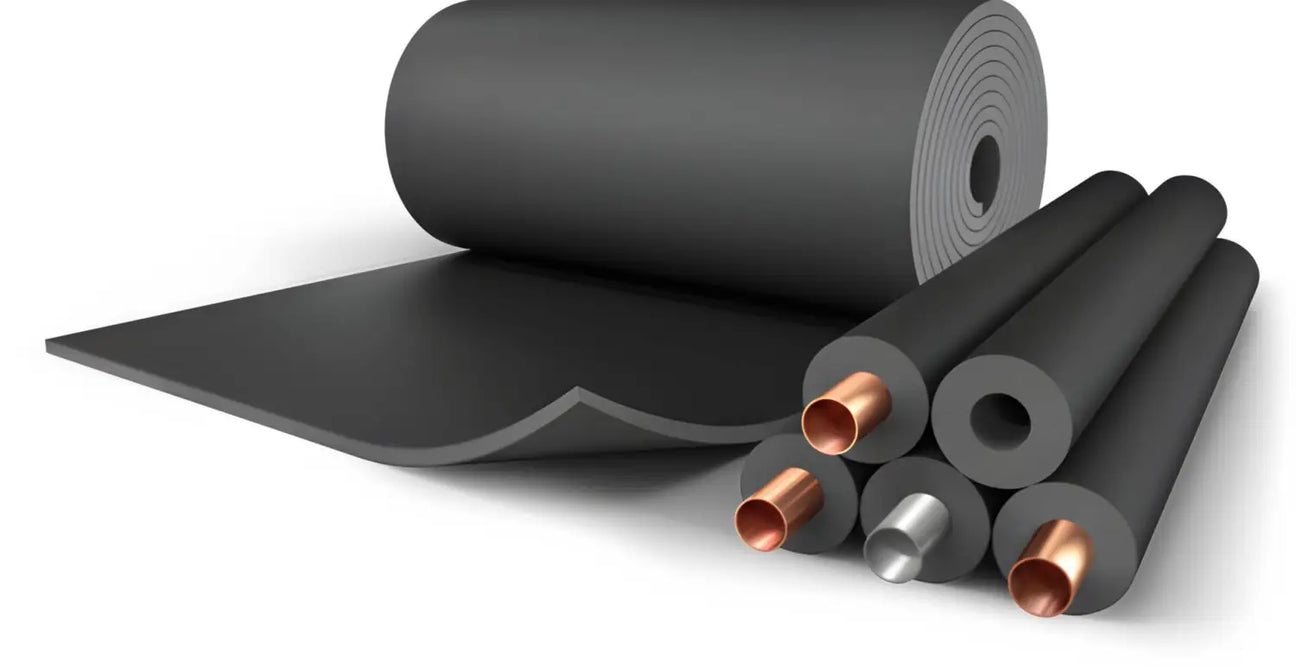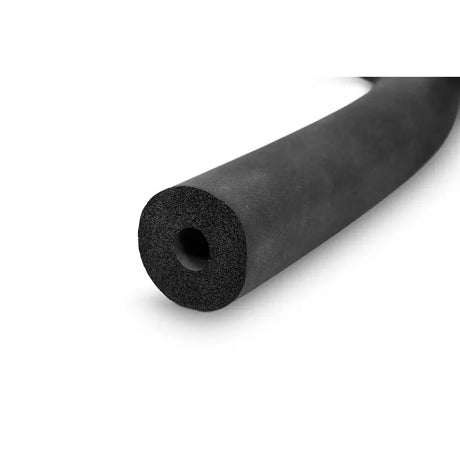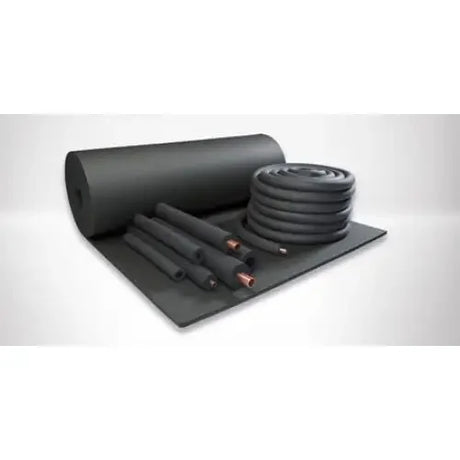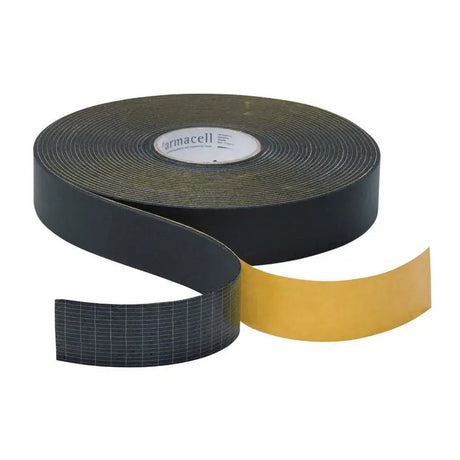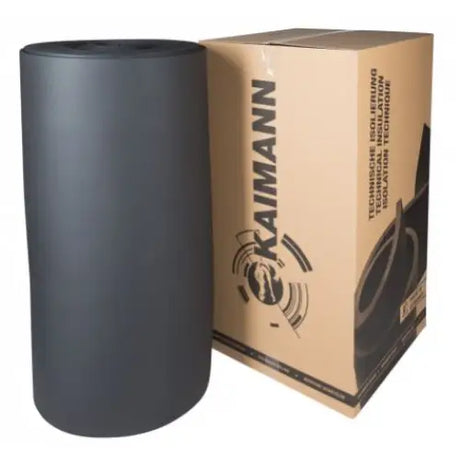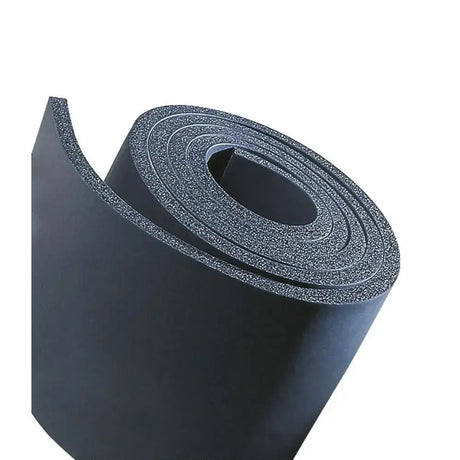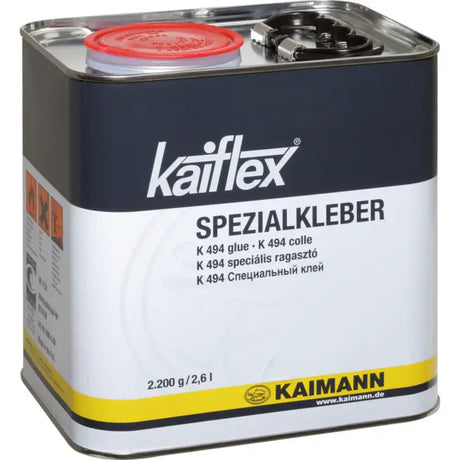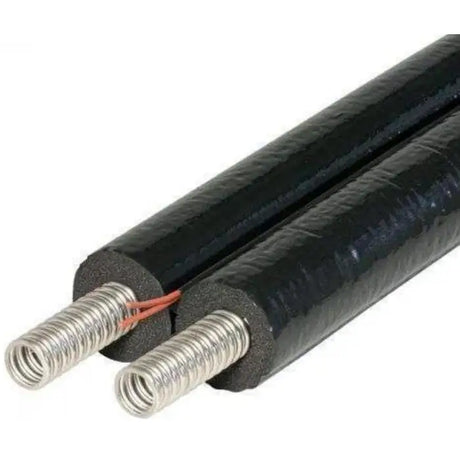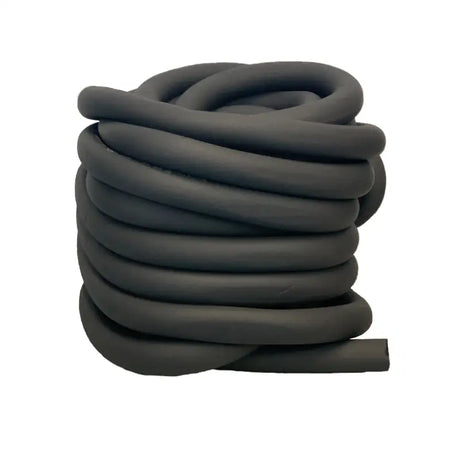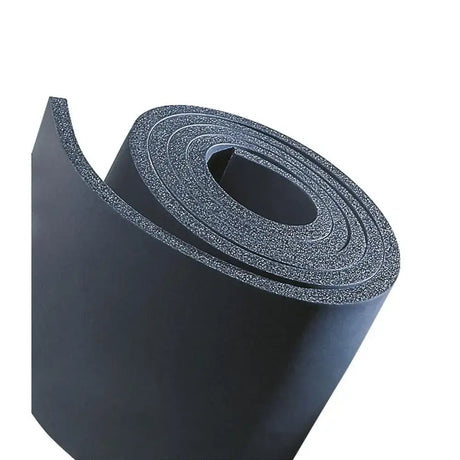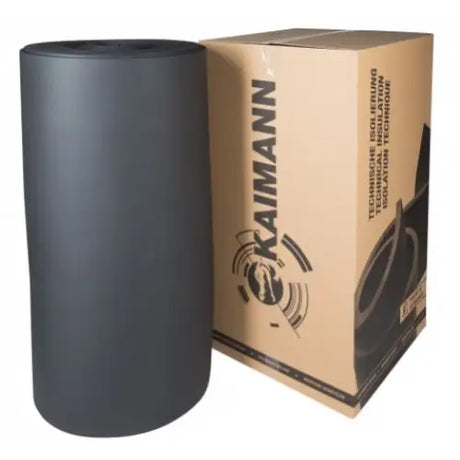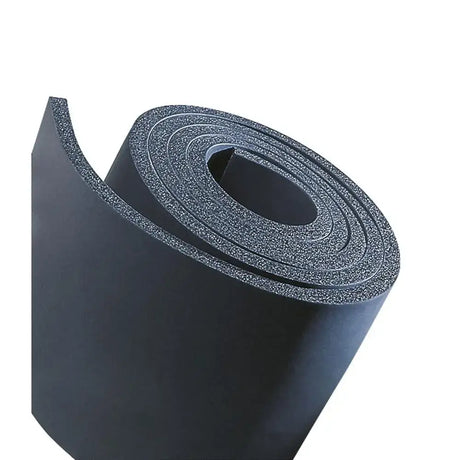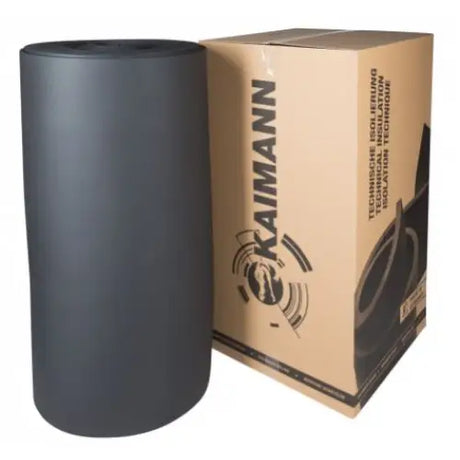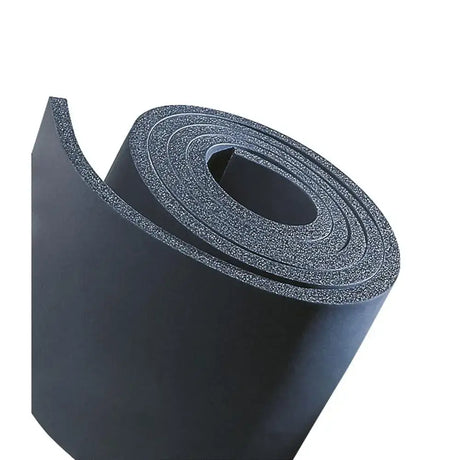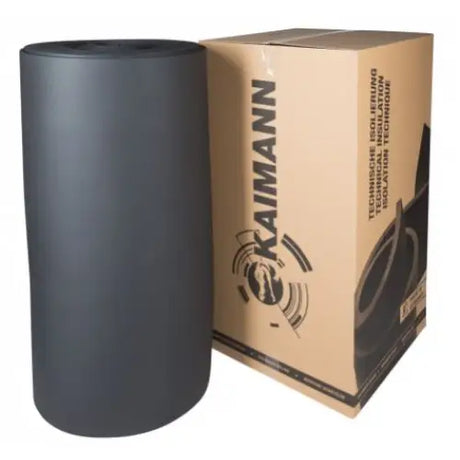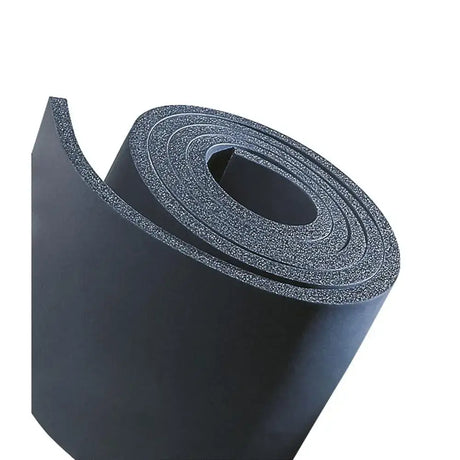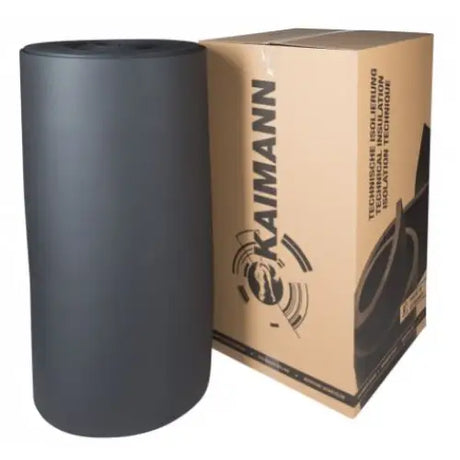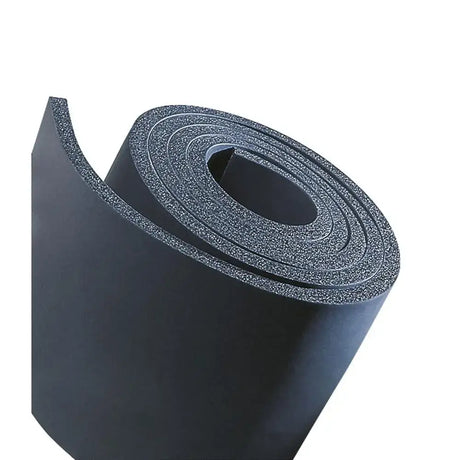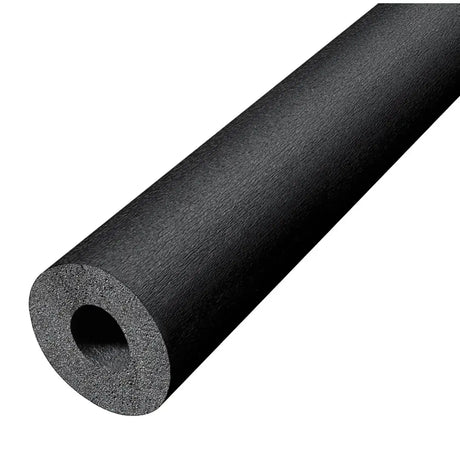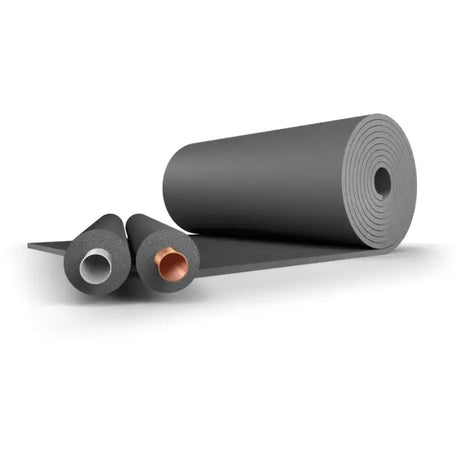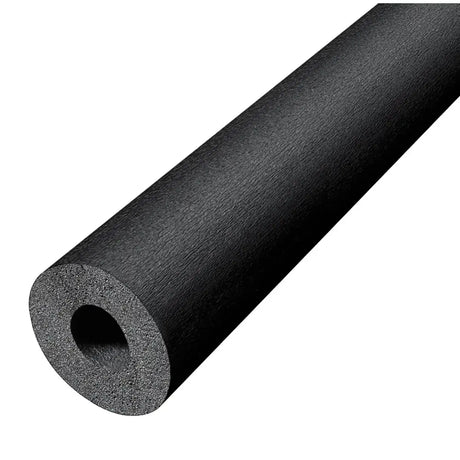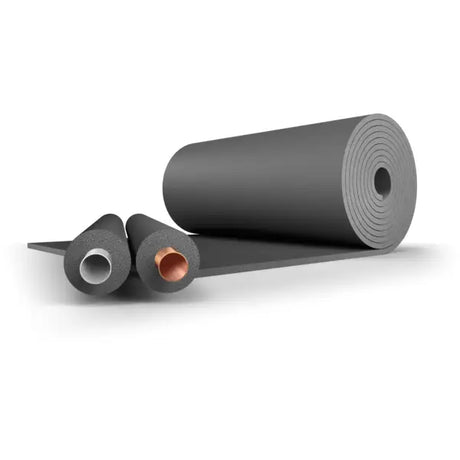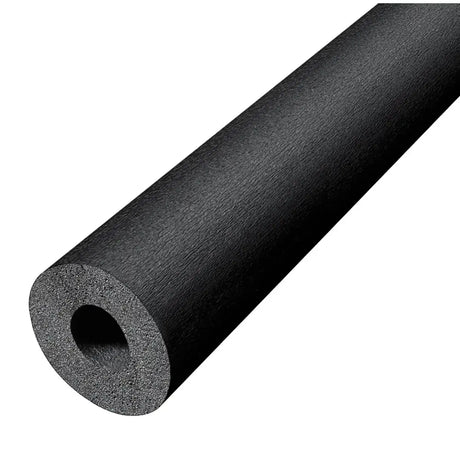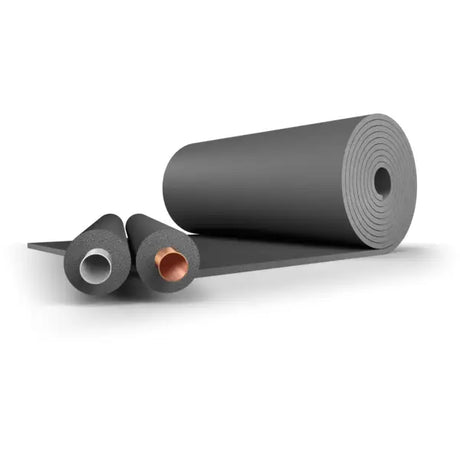Armacell
External Use Armaflex (Kaiflex) Pipe Insulation (Black 2m)
From £851Unit price /UnavailableKaimann
Kaiflex EPDMplus Sheet 25mm Black Continuous Standard
£25488Unit price /UnavailableIn stockKaiflex
Kaiflex Adhesive 494 HF (Hexane & Halogen Free, External Use) [Box of 6 2.5L Cans]
£63211Unit price /UnavailableIn stockKaimann
Kaiflex Solar EPDMplus 2in2 Pre-Insulated twin pipe 14mm Black Twin Pipe
From £1,50270Unit price /UnavailableIn stockKaimann
Kaiflex Solar EPDMplus 2in2 Pre-Insulated twin pipe Expansion Fitting
From £33788Unit price /UnavailableIn stockKaimann
Kaiflex EPDMplus Sheet 32mm Black Continuous Standard
£25420Unit price /UnavailableIn stockKaimann
Kaiflex EPDMplus Sheet 19mm Black Continuous Standard
£26313Unit price /UnavailableIn stockKaimann
Kaiflex EPDMplus Sheet 13mm Black Continuous Standard
£22576Unit price /UnavailableIn stockKaimann
Kaiflex EPDMplus Sheet 10mm Black Continuous Standard
£25020Unit price /UnavailableIn stockKaimann
Kaiflex EPDMplus Sheet 6mm Black Continuous Standard
£38299Unit price /UnavailableIn stock
Overview EPDM Rubber for Pipe Lagging and Duct Insulation
Ethylene propylene diene monomer (EPDM) rubber is a type of synthetic rubber that is widely used for lagging and insulation applications. Compared to other rubber materials like nitrile rubber, EPDM offers superior resistance to heat, ozone, weathering, and aging. This makes it an ideal choice for insulating pipes and ducts that are exposed to high temperatures, UV radiation, and outdoor weathering.
EPDM can be produced in various grades with different stiffness, temperature resistance, and flexibility. Oil extended grades have better low temperature performance.
Overview of EPDM Properties
EPDM rubber has a saturated polymer backbone that gives it excellent thermal stability and resistance to heat aging. Key properties include:
- Temperature resistance - Can withstand continuous temperatures up to 150°C. Suitable for insulating steam lines, engine exhaust, solar hot water pipes, etc.
- UV resistance - Does not degrade or crack when exposed to sunlight and outdoor weathering. Ideal for exterior insulation applications.
- Ozone resistance - Does not harden or crack when exposed to ozone gas. Retains flexibility for long service life.
- Chemical resistance - Resists oils, acids, ozone, ketones, and caustic chemicals. Used in harsh industrial environments.
- Low temperature flexibility - Remains flexible to temperatures as low as -50°C. Does not become brittle.
- Water resistance - Closed cell structure resists moisture ingress and prevents corrosion under insulation (CUI).
Compared to nitrile rubber, EPDM can handle much higher temperatures and is more suitable for outdoor insulation jobs. It also has better low temperature flexibility.
Uses of EPDM for Pipe and Duct Insulation
With its resistance to heat, UV, and chemicals, EPDM is ideal for insulating pipes, ducts, and equipment in demanding environments:
- Outdoor insulation exposed to sun and weather
- High temperature steam lines and exhaust pipes
- Solar hot water and solar heating pipes
- Air conditioning lines and ductwork
- Process pipes in chemical, oil and gas facilities
- Roofing membranes, rubber seals, and flashings
EPDM is available as insulation sheets, tubing, and tape that can be wrapped or formed around pipes, vessels, and irregular surfaces. It provides thermal insulation and prevents energy loss, burns, and corrosion under insulation (CUI).
Bonding and Sealing EPDM Sections
To create a seamless insulating layer, sections of EPDM must be properly bonded together. The cured rubber has an inert, non-stick surface, so conventional adhesives will not work. Specialized EPDM adhesives are required:
- Contact adhesives - Applied to both surfaces, allowed to partially cure, then mated together to bond. Provides quick stick and high strength.
- Solvent-based adhesives - Dissolve the upper surface layer of the EPDM for bonding. Flammable, strong chemical solvents.
- Water-based adhesives - Safer acrylic latex-based adhesives that still dissolve EPDM's surface. Lower odor, easier cleanup.
- Tape sealants - Specialized rubber-based tapes that create an instant seal without solvents. Easy to apply, good for flashing.
Adhesives can be brushed on or applied with a sprayer. Surfaces must be clean and dry for optimal bond strength. Solvent-based adhesives work best for high strength and weather resistance.
Comparison to Nitrile Rubber Lagging
Nitrile rubber is also used for pipe insulation, but has some limitations compared to EPDM:
- Lower max temperature (100°C vs 150°C for EPDM)
- Degrades faster outdoors when exposed to sunlight and ozone
- Not as flexible at low temperatures (-20°C vs -50°C for EPDM)
- More gas/vapor permeable. EPDM has better water resistance.
Nitrile rubber is cheaper than EPDM and can be used indoors where temperatures are moderate. But for high heat or outdoor insulation, EPDM outperforms nitrile.
Applications and Uses of EPDM
With its exceptional resistance to heat, weather, and chemicals, EPDM is used in many demanding applications:
Industrial insulation - insulation for pipes, tanks, vessels, and equipment exposed to high temperatures, corrosive fumes or outdoor weather. Used at refineries, chemical plants, factories.
HVAC - flexible duct connectors, seals for air handlers. Also used for radiator hose. Withstands glycol-based antifreeze.
Roofing - Single ply EPDM membrane widely used for flat roofing. Flexible, UV/ozone resistant.
Seals and gaskets - Shaft seals, weatherstripping, door/window seals. Used in automotive, appliances, electronics, etc.
Electrical - Cable insulation and splice encapsulation. High dielectric strength.
Tubing and hoses - Transporting acids, caustics, hydrocarbons. Better chemical resistance than other rubbers.
Rubber parts - Grommets, bushes, mounts, rollers, conveyor belt cover. Abrasion and tear resistant.
EPDM's resistance to temperature extremes makes it well-suited for outdoor applications. It replaces materials like natural rubber, nitrile, and neoprene in harsh environments.
Key Properties of EPDM Rubber
Temperature resistance - Continuous high temperature exposure rating of 150°C. Can withstand spikes up to 170°C.
UV and ozone resistance - Does not degrade or crack when exposed to UV radiation or ozone gas. Used for long-lasting outdoor insulation.
Weathering resistance - Very stable polymer backbone. Unaffected by outdoor environmental factors like rain, snow, humidity, pollution. Used for roof membranes.
Flexibility - Stays flexible and elastic at temperatures as low as -50°C. Does not become brittle.
Chemical resistance - Excellent resistance to acids, caustics, oils, fuels, glycols, ozone. Used for protective insulation in chemical facilities.
Dielectric strength - Good insulator. Used for cable jacketing and electric insulation parts. Does not easily arc or track.
Water resistance - Low water vapor transmission. Closed cell EPDM foam acts as a vapor barrier. Prevents corrosion under insulation.
Abrasion resistance - Durable, abrasion resistant rubber. Used for hoses, seals, conveyor belts, rollers, tires.
Bonding and Repairing EPDM
EPDM cannot be bonded using typical rubber adhesives. It has an inert, non-stick surface. Special adhesive systems are required:
Contact adhesives - Applied to both surfaces, allowed to partially cure, then mated. Fast bonding for sheets and tapes.
Solvent-based adhesives - Use strong chemical solvents to soften and dissolve the EPDM surface layer, enabling bonding. High strength, weather resistant bonds.
Water-based adhesives - Safer acrylic polymer or latex-based adhesives that still dissolve and bond EPDM. Lower VOC, easier cleanup.
Sealant tapes - Pre-applied adhesive tapes for instant sealing and patching. No need for solvents or longer cure times.
EPDM repair products are also available for re-coating damaged surfaces and fixing leaks. Proper surface prep is critical for maximum adhesive strength and durability.
Applications of EPDM Rubber Insulation
With its resistance to temperature extremes, UV radiation, and harsh chemicals, EPDM rubber insulation delivers corrosion protection, energy savings, and safety across many demanding industries.
EPDM Insulation for Solar Heating Systems
Solar thermal collectors expose plumbing pipes and components to very high temperatures and UV radiation. EPDM is ideal for insulating:
- Solar hot water piping
- Connections, joints, valves
- Storage tanks and heat exchangers
- Evacuated tube manifolds
- Flat panel collectors
With a 150°C continuous rating, EPDM prevents burns while reducing heat loss. It protects against damage from prolonged sun exposure. EPDM insulation is critical for efficient, long lasting solar systems.
Protecting HVAC Systems with EPDM
EPDM insulation improves efficiency and weatherproofs outdoor HVAC components:
- Insulating refrigerant lines and ductwork prevents condensation and energy loss
- Sealing sheet metal seams and connections prevents leaks
- Flexible EPDM couplings absorb vibration and noise
- UV resistance allows HVAC insulation to remain outdoors for years
EPDM is also used for radiator and heater hoses in vehicles. It withstands glycol-based antifreeze better than other rubbers.
Insulating Chemical Process Pipes and Vessels
EPDM reliably insulates pipes, reactors, columns, and vessels in demanding industrial environments.
- Withstands hot acids, caustics, and corrosive chemical fumes
- Prevent burns and energy loss on steam lines up to 170°C
- Closed cell EPDM foam acts as a vapor barrier – prevents corrosion under insulation
EPDM protects critical assets and allows processes to run safely at peak temperatures for maximum efficiency and throughput.
Safe, Efficient Insulation in Power Plants
Power plants utilize EPDM insulation for:
- High temperature steam lines
- Exhaust pipes and stacks
- Boilers, turbines, heat exchangers
- Process and water piping
EPDM withstands routine temperatures over 150°C and intermittent spikes over 170°C. It replaces fiberglass and other materials that degrade. Superior UV and water resistance allows outdoor insulation to remain in place.
Applications in Oil & Gas, Refining, and Petrochemical
EPDM is extensively used to insulate pipes, vessels, and equipment at facilities processing hydrocarbons:
- Insulating critical process streams up to 170°C
- Sealing pipe and vessel insulation exposed to weather
- Protecting equipment from corrosive fumes
- Preventing heat loss and freezing in cryogenic LNG lines
Durable EPDM insulation withstands contact with oils, fuels, and other chemicals. It delivers corrosion prevention and energy savings in the harshest environments.
Adhesives and Sealants for Bonding EPDM Rubber
Properly bonding pieces of EPDM rubber to create an air-tight, water-tight seal requires special adhesives and sealants:
EPDM Contact Adhesives
EPDM contact adhesives come in brush-on or sprayable formulas. They are applied to both bonding surfaces and allowed to partially cure before the surfaces are mated and pressed together. The bond forms quickly, providing good tack and high strength.
Contact adhesives contain neoprene rubber and phenolic resins dissolved in solvents like hexane or heptane. The adhesive softens and swells the EPDM surface layers, enabling bonding, but does not dissolve the rubber completely.
Solvent-Based EPDM Adhesives
Solvent-based adhesives use stronger solvents like MEK (methyl ethyl ketone) to actually dissolve the upper surface layer of the EPDM rubber. This creates a superior chemical bond when the surfaces are mated and the solvents evaporate.
These adhesives provide very high strength and weather resistant bonds. They are more effective for EPDM exposed to severe outdoor conditions. The aggressive solvents require proper precautions.
Water-Based EPDM Adhesives
Water-based acrylic or latex EPDM adhesives offer good bonding strength without flammable solvent vapors. The water carriers still enable softening and swelling of the EPDM surfaces.
While not as strong as solvent-based adhesives, water-based versions provide good seals for many applications. They have much less odor and are easier to clean up.
EPDM Sealant Tapes
Special EPDM-compatible sealant tapes provide instant sealing and bonding. They come in various widths with a pre-applied adhesive.
EPDM tape sticks aggressively to itself and other EPDM surfaces. Just peel and press to create a seal without dealing with wet adhesives. The bond forms immediately.
Tapes are useful for flashing, patching holes, and quick repairs. Wide versions can fully seal seams between sheets.
Surface Preparation and Application
To achieve optimum adhesion:
- Surfaces must be clean, dry, and free of dirt, dust, oils, mold release agents etc.
- Brush/wipe surfaces with adhesive thinner to prepare the EPDM and improve penetration.
- Apply adhesive evenly to both surfaces using brush, roller, or spray. Avoid excess accumulation in seams.
- Allow adhesive to partially cure. Press surfaces firmly together when semi-tacky.
- Use a hand roller to apply uniform pressure and prevent air bubbles. Clamp large pieces.
- Allow full cure for maximum strength. Solvent-based adhesives may take 48-72 hours to fully cure.
Proper adhesive selection and application ensures EPDM pieces bond together into a durable, seamless insulation barrier.
Final Thoughts on EPDM Rubber
With its resistance to high temperatures, UV radiation, ozone, and chemicals, EPDM rubber is an extremely ideal insulation material especially for demanding external use applications like solar piping and exhaust lagging. It provides corrosion prevention, energy savings, and worker safety. Proper use of EPDM-specific adhesives enables durable, long-lasting seals and bonds. For pipe and duct insulation exposed to harsh environments, EPDM is generally a superior choice over materials like nitrile rubber.

